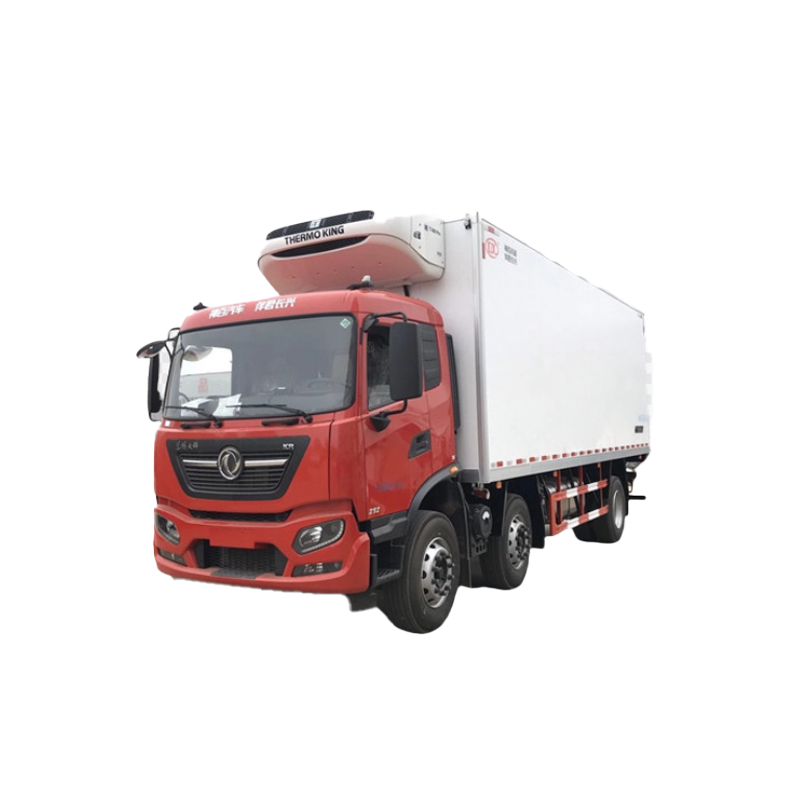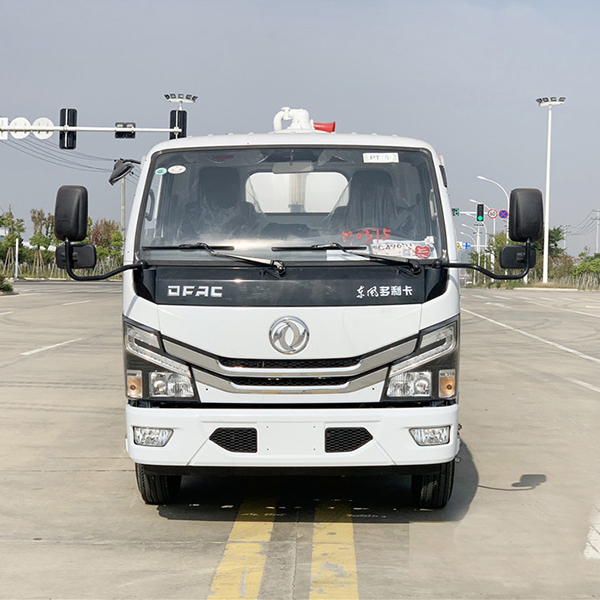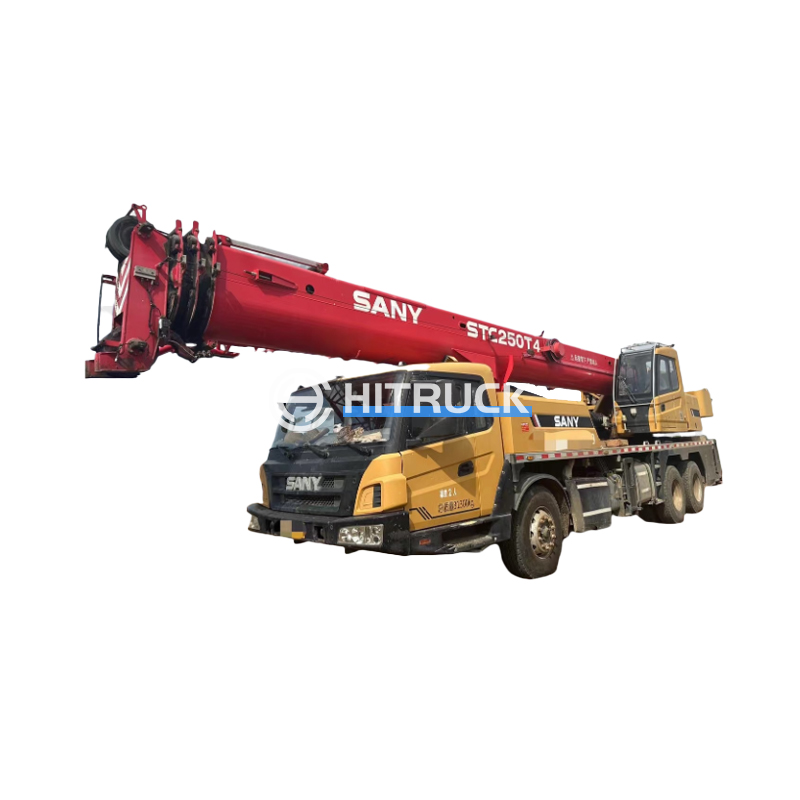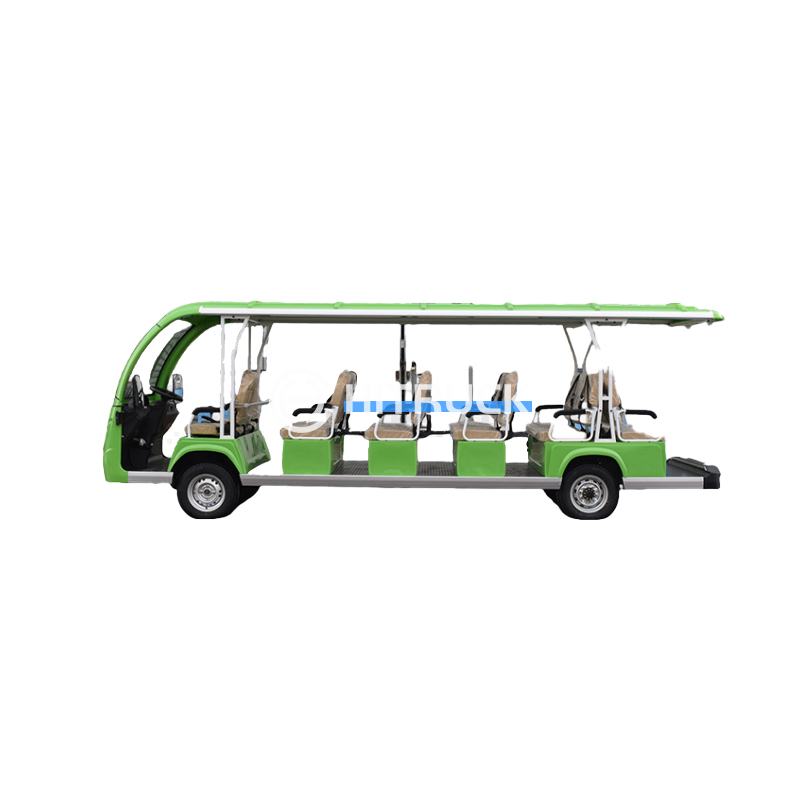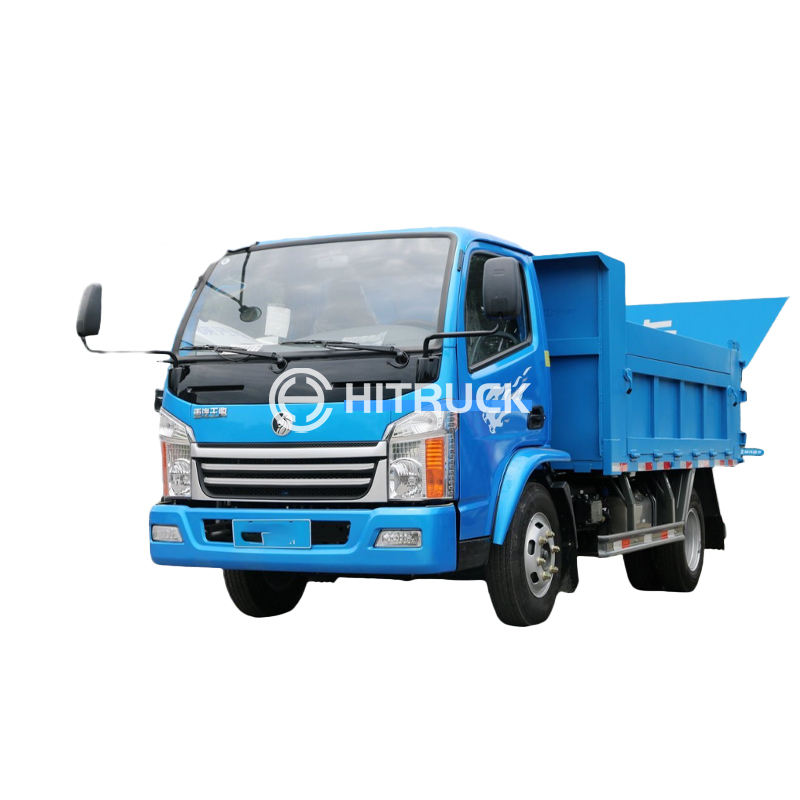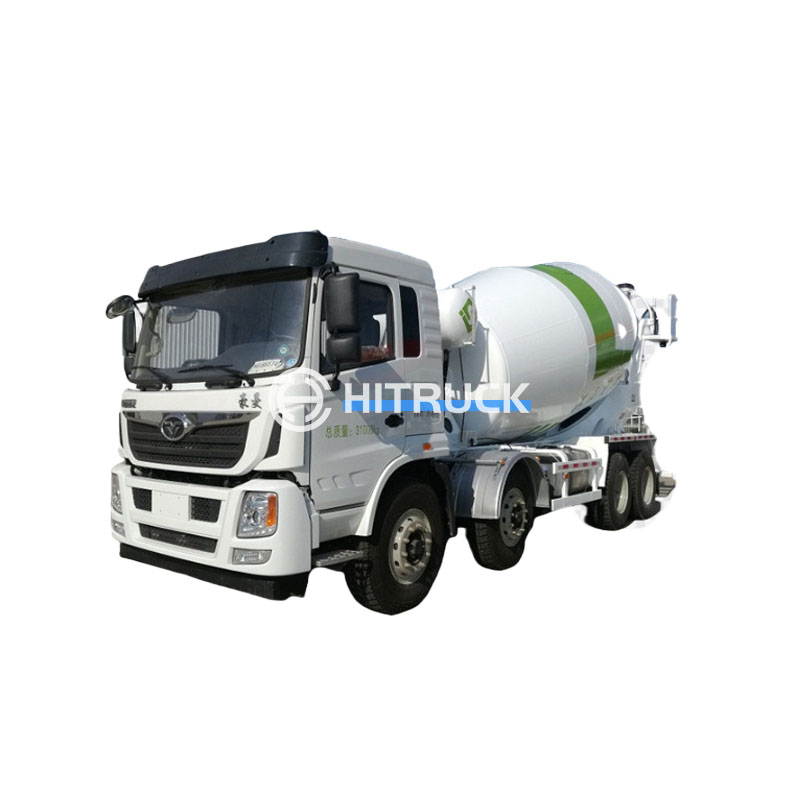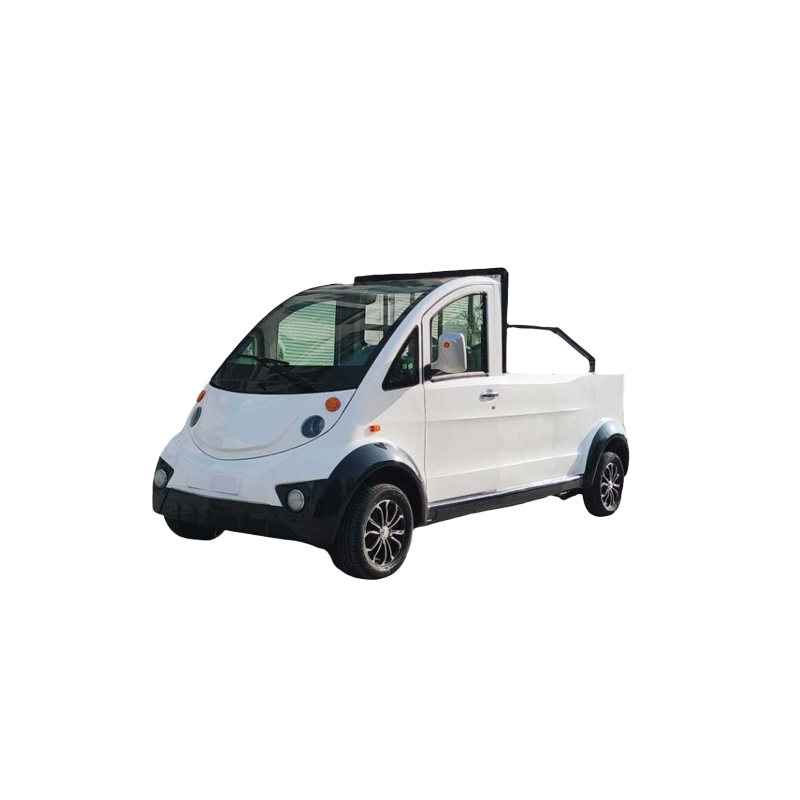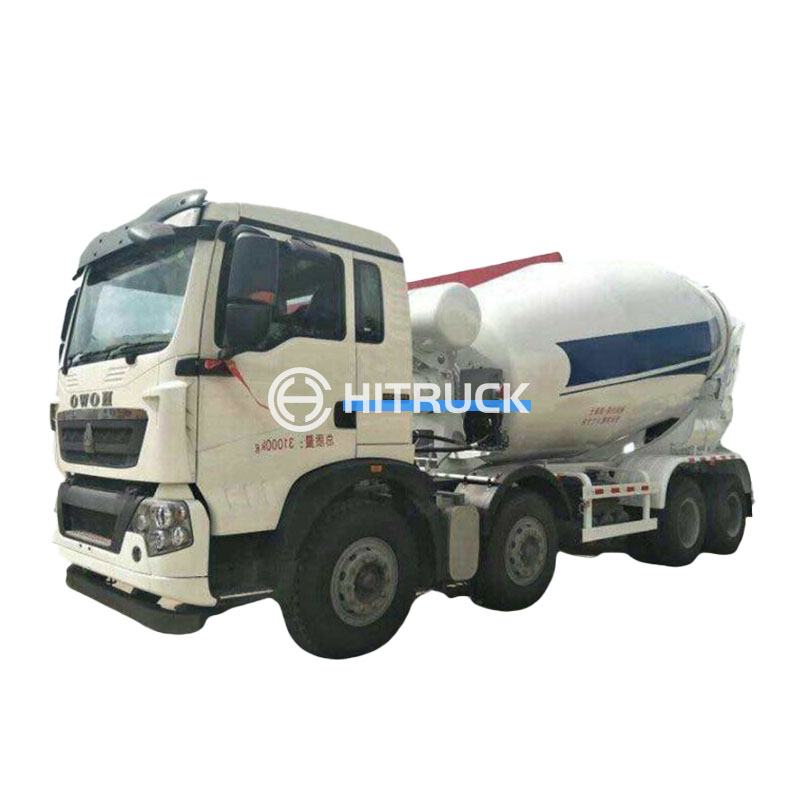Emergency Water Tanker: Your Guide to Finding and Using OneThis article provides comprehensive guidance on sourcing and effectively utilizing an emergency water tanker, covering crucial aspects from identifying reputable providers to ensuring safe and efficient water delivery. Learn how to prepare for water shortages and make informed decisions when facing water emergencies.
Facing a water emergency can be incredibly stressful. Whether it's a natural disaster, a sudden pipe burst, or a prolonged water shortage, access to clean water is paramount. Securing an emergency water tanker quickly and efficiently is often crucial. This guide will walk you through the process, helping you navigate the complexities and make informed choices.
The first step is identifying a trustworthy supplier of emergency water tankers. Consider these factors:
Look for companies with established reputations and positive online reviews. Check sites like Google Reviews and Yelp to gauge customer satisfaction. Ask for references and contact previous clients to inquire about their experiences. A reliable supplier will be transparent about their services and readily provide references.
Ensure the supplier holds the necessary licenses and insurance coverage to operate legally and safely. This protects you from potential liabilities in case of accidents or damages during delivery.
Emergency water tankers come in various sizes and types. Determine your specific water needs to choose the appropriate capacity. Consider factors like the duration of the emergency and the number of people requiring water. Different tanker types are suited to different terrains and access points; discuss your location specifics with the supplier.
Obtain clear and detailed quotes from multiple suppliers. Compare pricing structures, including delivery fees and any additional charges. Review contracts carefully before signing, ensuring all terms and conditions are clearly understood.
To ensure a smooth delivery, prepare your site in advance:
Identify a suitable and accessible location for the tanker to park and discharge water. Ensure there's enough space for the tanker to maneuver safely. Consider the ground conditions – is it stable enough to support the weight of a fully loaded tanker? Communicate this clearly to your supplier.
Have sufficient storage capacity ready to receive the water. This could be a large tank, multiple smaller containers, or a combination. Ensure your storage containers are clean and properly sealed to prevent contamination.
The ideal emergency water tanker will depend on your specific situation. Consider these factors when making your decision:
| Feature | Small Tanker | Large Tanker |
|---|---|---|
| Capacity | 500-1000 gallons | gallons or more |
| Cost | Lower | Higher |
| Accessibility | Easier for smaller spaces | Requires larger access points |
Table 1: Comparison of Small and Large Emergency Water Tankers
For larger-scale emergencies or prolonged water shortages, consider contacting Suizhou Haicang Automobile sales Co., LTD for their range of robust and reliable water transport solutions. They can assist you in finding the right emergency water tanker to meet your specific needs.
Always prioritize safety during the delivery and handling of water. Never attempt to connect or disconnect hoses while the pump is running. Ensure the area is clear of obstructions and that all personnel are aware of the operation. Consult the supplier for specific safety guidelines.
By following these guidelines, you can effectively manage a water emergency and secure a reliable source of clean water. Remember that preparation is key. Understanding your options and choosing a trustworthy supplier can significantly reduce stress and ensure the safety and well-being of yourself and your community.


